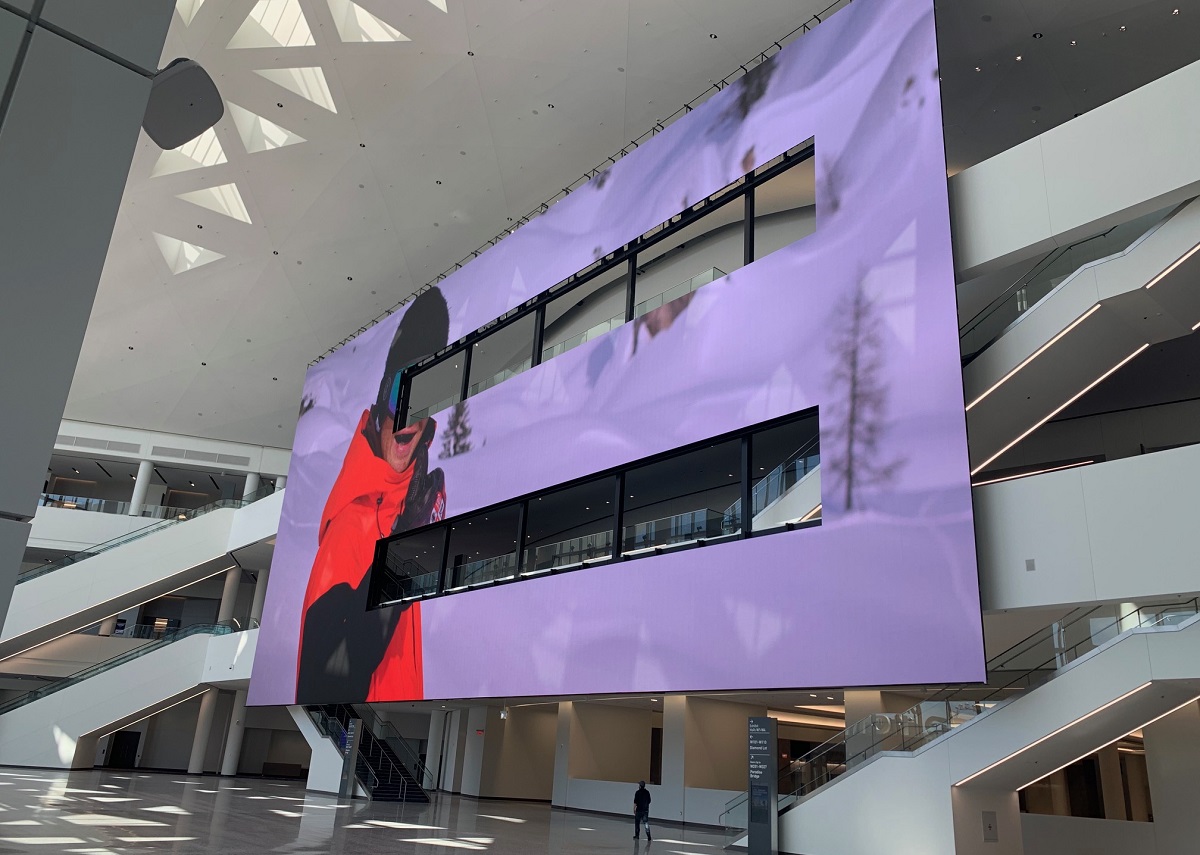You completed the installation of sleek new digital signage displays for your customer and set them up with a content management system designed to help the organization maximize their return-on-investment. You leave confident in your work and the customer appears ready to leverage the full power of their new system.
However, you find when you go back to perform routine maintenance on the system that the displays are gathering dust, aren’t being utilized properly or have turned into static signage, defeating the purpose of installing the displays in the first place.
You might be asking yourself what went wrong during the project that led to this misuse of this brand new digital signage system, or you might blame the end user for not taking the time to understand how the system works.
According to Tomer Mann, executive vice president of digital communications technology firm 22Miles, the problem often amounts to providing inapplicable solutions, a lack of training and not providing an easy-to-use content management system that includes some level of automation.
Tailor the solution to the needs of the client
Integration firms and their content management software partner should work together to provide a solution to the end user that meets their specific needs without adding technology that won’t be used.
Questions should be based on that specific client’s vertical market, whether that is healthcare, corporate, education or retail.
From there, you can nail down exactly what it is the customer is looking for and eliminate solutions that won’t make any sense. For example, you likely wouldn’t mention room booking solutions for a retail customer.
Is the customer interested in wayfinding, room booking, video content or agile workplaces? Once you have that answer, loop in the CMS partner to demo possible examples and solutions.
Then the integrator and CMS partner can tailor the storyboard to the application needs of the client.
“It’s a winning partnership that really makes a difference for any commercial integrator,” Mann says.
Training the end user
Clients will typically ask for a demo before any agreements are signed, but most of the training is done after the content is designed and after a template is laid out.
“Then you’re training them on their existing template instead of just training them willy nilly on something they may not necessarily need or have any clue how to do from scratch,” Mann says. “So it’s usually best to give them a template, give them a UI/UX and then train them on that probably towards the end of the process.”
When it comes to the best end users to train on the new digital signage platform, marketing staff is typically the best suited. Those professionals should have experience in content design, including creating a PDF, PowerPoint decks, web design and more.
“Any of those layers can piggyback to a digital device or digital media player or leveraging the software,” Mann says.
Skills with web design, WordPress or other content marketing experience should go a long way toward working with the digital signage platform.
“There should be no reason why they can’t make some really cool dynamic updates to the software and displays and really create an immersive experience on these whatever size displays and resolutions and orientations,” Mann says.
Ease of use and automation
One of the biggest issues plaguing complicated audiovisual systems is their complexity. Integrators pride themselves on building intricate systems designed to “wow” the user, but they aren’t always easy to use.
Partnering with content management systems can integrate with software the customer already uses on a daily basis rather than simply providing a typical digital signage template with different zones.
That can help prevent a stagnated display that is showing a rudimentary slideshow of product or promotions, Mann says.
“Instead of reprogramming or adding manually that information, leverage these integrations to be able to auto sync that information on your digital displays,” Mann says. “I think once that’s done in the right scale, and filtered correctly, that content is triggered in real time and creates a more dynamic experience.”






































